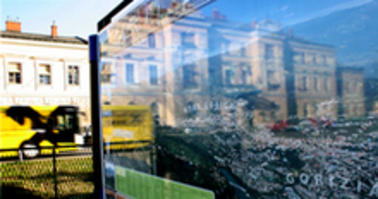[2008] With the project 'AestOvest', Osservatorio sui Balcani focuses on the so-called “mobile border”, which in the past was a symbol of division but represents now an opportunity for cross-border relations. A web section and a DVD-rom for the schools
Reconciliation and re-analysis in Southeastern Europe and with Southeastern Europe. Luisa Chiodi's speech at the conference "Dealing with the Past and Reconciliation Processes in the Western Balkans", Vienna 10-11 November
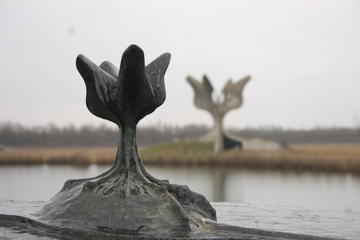
The memory of World War II in Croatia, from the Yugoslavian period until the present day. The changes of the 1990s. Jasenovac, Bleiburg, the day of antifascist struggle and the exodus of Italians: an interview with Vjeran Pavlaković
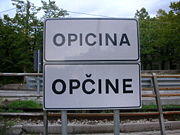
Indigenous linguistic minorities living in Italy's Alpine area benefit from strong legal protection; among these, the Slovene minority is the least protected. The slowness in guaranteeing its rights is due to deep-rooted historic factors
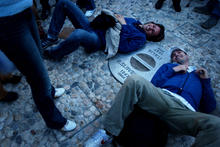
Conditions of the Slovene minority in Italy and the Italian minority in Slovenia after Ljubljana's entry into the European Union (EU). An interview with Bojan Brezigar, a journalist and advisor to outgoing Slovenian Foreign Minister, Dimitrij Rupelj
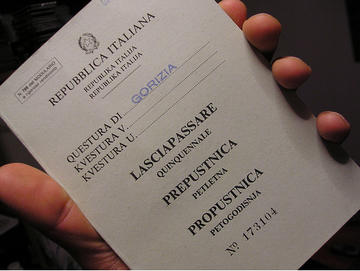
In Trieste, history has a problem being history. It is often a myth, quite often even a rite. If the past could actually produce history in this land, Trieste could make a step forward. And, it could think without fear, that it has always been a city of the border
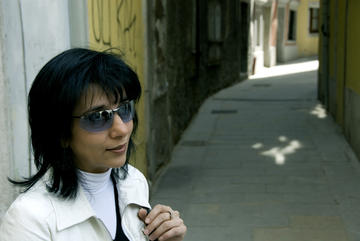
One of her best-known novels is Amiche per la pelle (Best Friends), a story of four migrant women in Trieste. However, there is also a fifth actor in the story. An interview with the writer Laila Wadia
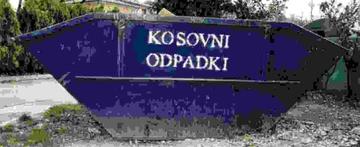
They sing in Friulian, Slovene, Italian, and Spanish. And, they want to recover what others throw away. We met with Mauro "Puntar" Punteri, singer of the Gorizian band Kosovni Odpadki
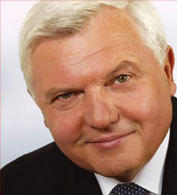
''For us, the entry into the Schengen area was the real entry into the European Union''. The mayor of Nova Gorica talks about the border region where the border is no more. An interview

The efforts of Gorizia and Nova Gorica to construct a "common city" which rises beyond divisions created by the border have resulted in cross-border service, European projects, and missed opportunities

Although separated by the Iron Curtain, by turning themselves into a testing ground, Gorizia and Nova Gorica have over the years become a symbol of integration. How does cooperation proceed after the fall of the border? The first of three articles
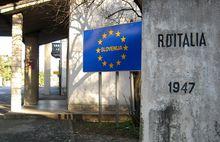
From 1993 to 2000 Italian and Slovene scholars have worked on a volume about the relations between their two countries. Eight years have passed but the Commission's work has not yet been properly distributed

